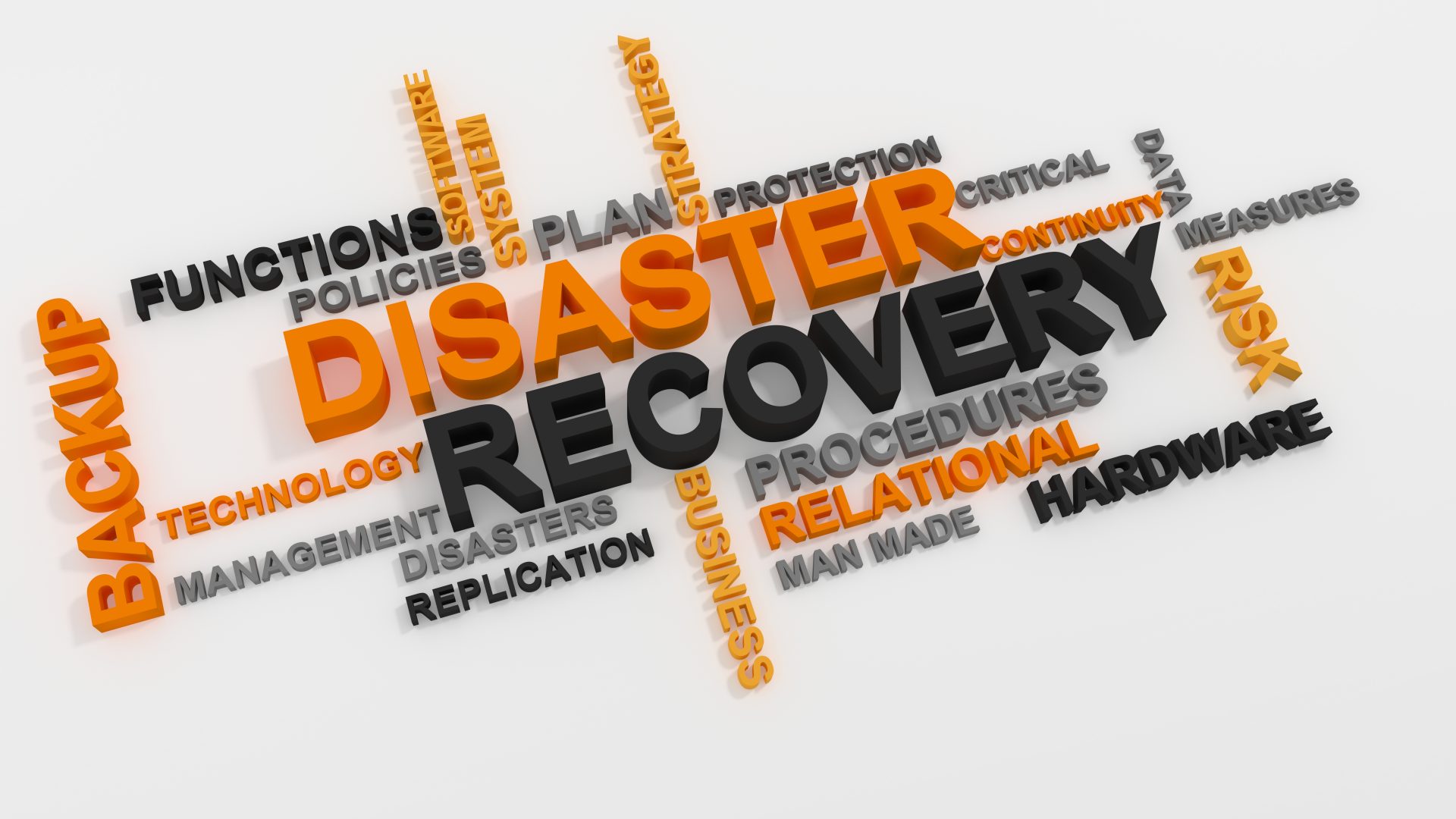Disaster Recovery as a Service (DRAaS) is a cloud-based solution that provides businesses with a cost-effective way to protect their data and applications in the event of a disaster.
- According to a study by the Ponemon Institute, the average cost of a data breach is $3.86 million.
- The study also found that the average time to recover from a data breach is 21 days.
- DRaaS can help businesses reduce the cost and time of recovering from a disaster.
- A study by IDC found that 93% of businesses that had a disaster recovery plan in place were able to recover their operations within 24 hours.
- A study by Gartner found that the average cost of downtime for a business is $5,600 per minute.
DRAaaS provides enterprises with a proactive approach to mitigate the impact of potential disasters, such as system failures, natural disasters, or cyber-attacks.
Statistics reveal that the average cost of a single data breach is estimated to be in the millions, including the loss of sensitive data, downtime, regulatory penalties, and reputational damage.
Failure rates for IT systems and infrastructure remain a significant concern for businesses, with research indicating that even a short period of unplanned downtime can cost an enterprise thousands of dollars per minute.
DRAaaS ensures that critical data and applications are regularly backed up, replicated, and stored in secure off-site locations, reducing the risk of permanent data loss and providing a path to quickly restore operations.
With DRAaaS, enterprises benefit from comprehensive disaster recovery plans tailored to their specific needs, allowing for quick and efficient recovery, minimizing downtime, and maximizing business continuity.
DRAaaS solutions provide real-time monitoring and automated failover mechanisms, allowing for immediate response and minimal disruption in the event of a disaster.
By adopting DRAaaS, enterprises can meet regulatory compliance requirements, as it offers data encryption, secure storage, and adherence to industry best practices.
The ability to rapidly recover from a disaster helps maintain customer trust and loyalty, ensuring uninterrupted service delivery and minimizing the impact on business operations.
DRAaaS enables enterprises to focus on their core competencies while entrusting their disaster recovery needs to experts who possess the knowledge, experience, and specialized infrastructure.
With cloud-based DRAaaS solutions, businesses can scale their disaster recovery capabilities to match their evolving needs, without the need for significant upfront investments in infrastructure.
Regular testing and validation of disaster recovery plans are integral to DRAaaS, allowing enterprises to identify and address potential weaknesses or vulnerabilities before they impact operations.
DRAaaS provides a cost-effective alternative to building and maintaining an in-house disaster recovery infrastructure, reducing capital expenditures and operational costs.
By leveraging DRAaaS, enterprises can demonstrate resilience and reliability to stakeholders, customers, and partners, enhancing their overall brand image and market competitiveness.
DRAaaS offers a centralized and streamlined approach to manage disaster recovery processes, allowing for efficient coordination, documentation, and reporting.
In today’s interconnected and digital landscape, DRAaaS is a crucial component of an enterprise’s risk management strategy, ensuring operational continuity and safeguarding critical business assets in the face of unforeseen events.
